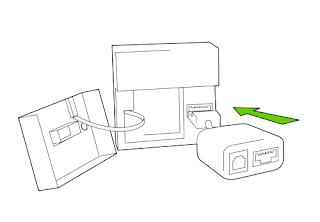High current test probes are usually used to test high current applications. The maximum continuous current rating of a spring probe is determined by its design, size and construction. Typically used probes have a current rating of 2 to 8 amps maximum continuously current at working travel. But the high current probes have a range of 10 to 150 amps and beyond. High current applications require a much more solid and rugged probe to withstand high temperatures.
Features of high current test probes –
• Low Resistance Plungers
• High Current optimized base material and plating
• High temperature spring design
• Specialized high current tip geometry
With the increasing amount of current any resistance within the probe will generate heat. High current probes are becoming increasingly important inefficient power generation and distribution. Recent developments suggest that devices operating at higher voltages are able to handle higher currents. The industry has been categorizing the levels of the devices – high current and high voltage modes.
While calibrating a clamp meter the current coil that has been designed has to have a high current carrying capability to make it more current capacitive. It should be able to dissipate heat as much as possible. Coils typically have maximum operating time at higher current levels. Not all calibrators can do the job of calibrating the clamp the meter as it requires a high current carrying coil to perform the task.
These probes have been used in several industries and applications with high currents, such as testing, function tests, signal transmission, power supply in production, as well as assembled contact elements. Another field of application is precise measurement, which requires test probes with very low resistance, so-called low resistance test probes.
High current probes have given way to ultra-high current probe which are made to handle current test up to 300A. These probes are the first ever to easily alternate between high current and high voltage setups.
Some advantages of high current test probes:
Reduced measurement time – Testing both high voltage and high current conditions with a single touchdown.
Accurate Characterization – Wide range of pad sizes and test currents, with minimum pad damage and contact resistance
Safe, Reliable and Repeatable high-current/voltage measurements – Suitably recommended for high temperature range
Reduced pad damage from probing due to single touchdown and measure both high current and high voltage.



